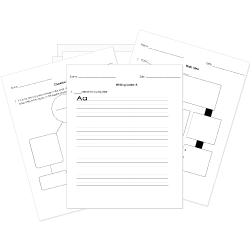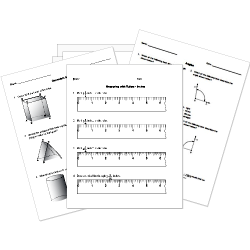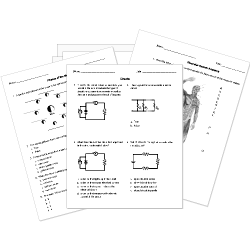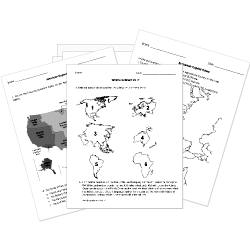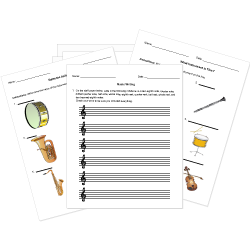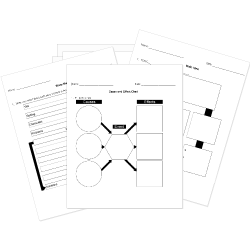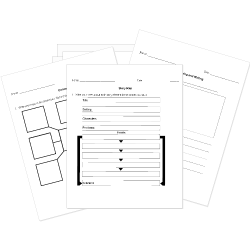Elastic Force
Elastic Force
This lesson aligns with Next Generation Science Standards (NGSS) PS2.B
Introduction
If we observe a pogo stick, we always think that how this stick helps the jumper to jump higher each time he bounces. This effect typically comes from inside the body of the pogo stick. The spring inside the pogo stick cannot push him by itself. Instead, the jumper exerts an external force that compresses the spring. The interesting fact is that the external force is his body’s weight which is responsible for compressing the spring. The compressed spring does not break, but soon changes its form and comes back to its original position. Because the spring is elastic and this is the reason it goes back to its original position. In this article, we will learn about elastic forces, elastic forces and Newton’s third law of motion, compression, and tension.
What are Elastic Forces?
An elastic force is defined as a force that brings back a certain material to its original shape after undergoing deformation. All materials are not elastic. The materials are considered to be elastic if they return to their original shape when the external force is removed. Such materials are known as elastomers. For example, when we stretch a rubber band, a force is felt that tends to resist any sort of deformation. This counterforce is an elastic force that is developed in an elastic body to resist any change in shape. The rubber band goes back to its original shape once we remove the external force.

This is valid only within a certain limit. Once we exceed the limit, the rubber band might break. There are two types of deformation that are mentioned below;
Elastic Deformation
It occurs when the material returns to its normal size and shape after the external forces are removed.
Inelastic Deformation
Inelastic deformation occurs when the material does not return to its normal shape and is permanently deformed.
Elastic Force and Newton's Third Law of Motion
Newton’s third law of motion states that every action has an equal and opposite reaction. We can relate the elastic force with this law because the elastic force is nothing but the equal and opposite reaction to the externally applied force. Once the body is deformed, the elastic force will develop and try to oppose the applied force until it returns to its original shape.
Types of Elastic Forces
The two types of elastic forces are compression and tension.
Compression
Compression refers to an elastic force that pushes or squeezes matter together. Compression is an external force that presses inward on an object, causing it to be compressed. Different types of objects respond differently to the compression force. The effect of compression is temporary when it is subjected to elastic objects.
A sponge is one of the best examples that demonstrate how compression force is observed in real life. When we apply push force across both ends of the sponge, it tends to squeeze and the original size becomes reduced. The sponge is elastic, this is because it can regain its original size as soon as the external force is withdrawn. Thus; a compression force can be observed easily.

Tension
Tension refers to an elastic force that pulls or stretches matter apart. When a rope, string, or cable is being pulled from the opposite end, the tension force is experienced in it. Tension force acts along the length of the wire and is equal and opposite to the applied force. Consequently, tension force balances the applied force with which the wire is pulled.
Extracting a bucket of water from the well is the best example to demonstrate tension force. One end of the rope is tied to the handle of the bucket, while the other end is tied to the pulley. When the external force is applied to stretch the rope, tension gets built up. The bucket hanging from the rope exerts a downward tension force on the rope. In the meantime, the pulley exerts an equal upward tension on the rope. The bucket does not fall because both forces balance each other. Thus; appropriate use of a pulley and tension force, water can be easily extracted.

Summary
- Elastic force is a force that develops in a body until it returns to its original shape after undergoing deformation.
- Elastic forces have two types; compression and tension.
- Compression is an external force that presses the material inward, causing it to be compressed.
- Tension is a force that built up in a rope or string when it is pulled from the other side.
Related Worksheets:







